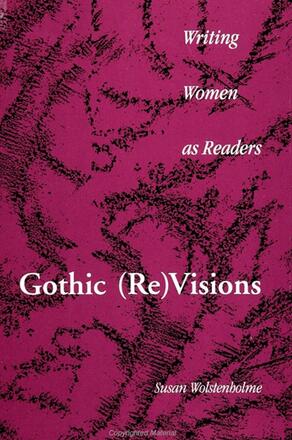
Gothic (Re)Visions
Writing Women as Readers
Alternative formats available from:
Description
Gothic fiction usually has been perceived as the special province of women, an attraction often attributed to a thematics of woman-identified issues such as female sexuality, marriage, and childbirth. But why these issues? What is specifically "female" about "Gothic?" This book argues that Gothic modes provide women who write with special means to negotiate their way through their double status as women and as writers, and to subvert the power relationships that hinder women writers.
Current theories of "gendered" observation complicate the idea that Gothic-marked fiction relies on composed, individual scenes and visual metaphors for its effect. The texts studied here—by Ann Radcliffe, Mary Shelley, Charlotte Brontë, Harriet Beecher Stowe, George Eliot, and Edith Wharton—explode the authority of a unitary, centralized narrative gaze and establish instead a diffuse, multi-angled textual position for "woman. " Gothic moments in these novels create a textualized space for the voice of a "woman writer," as well as inviting the response of a "woman reader. "
Susan Wolstenholme is Professor of English at Cayuga Community College in Auburn, NY.